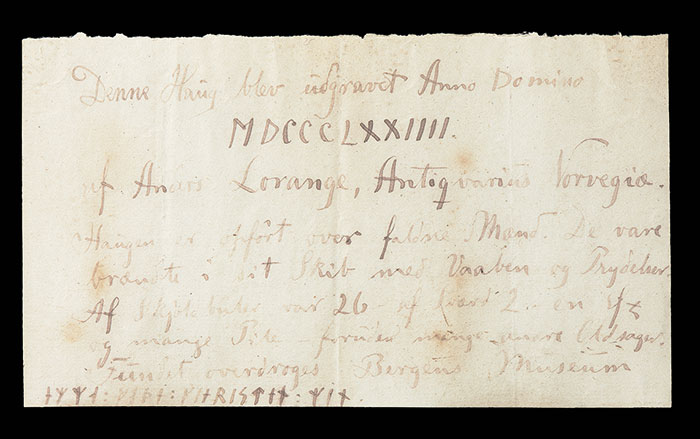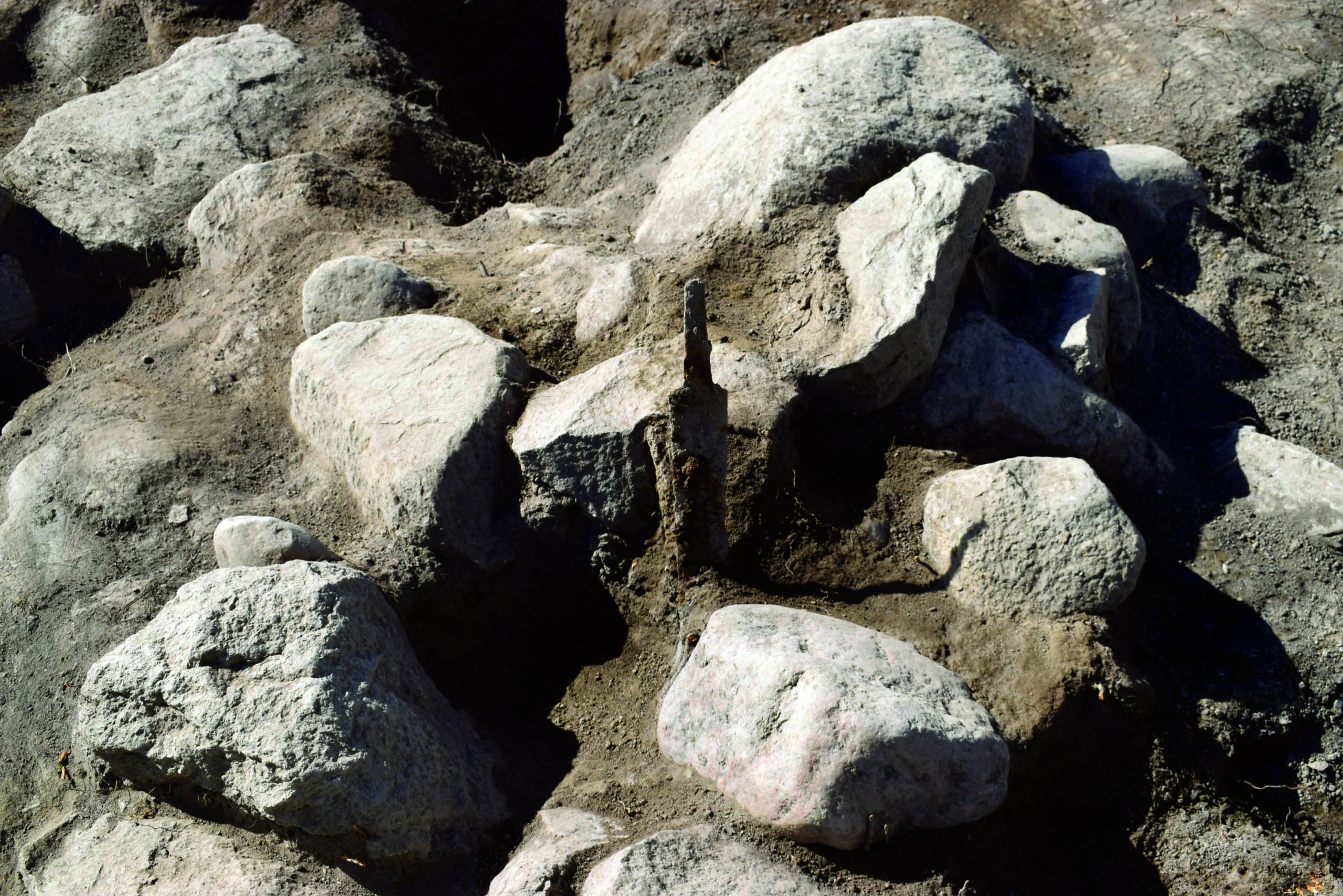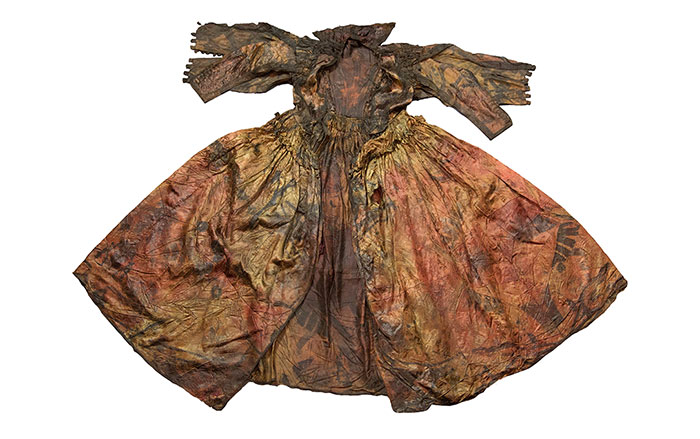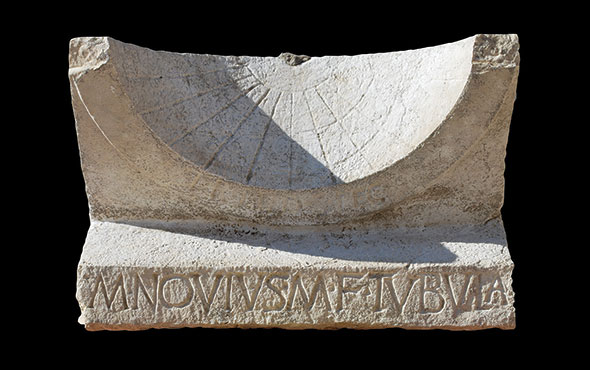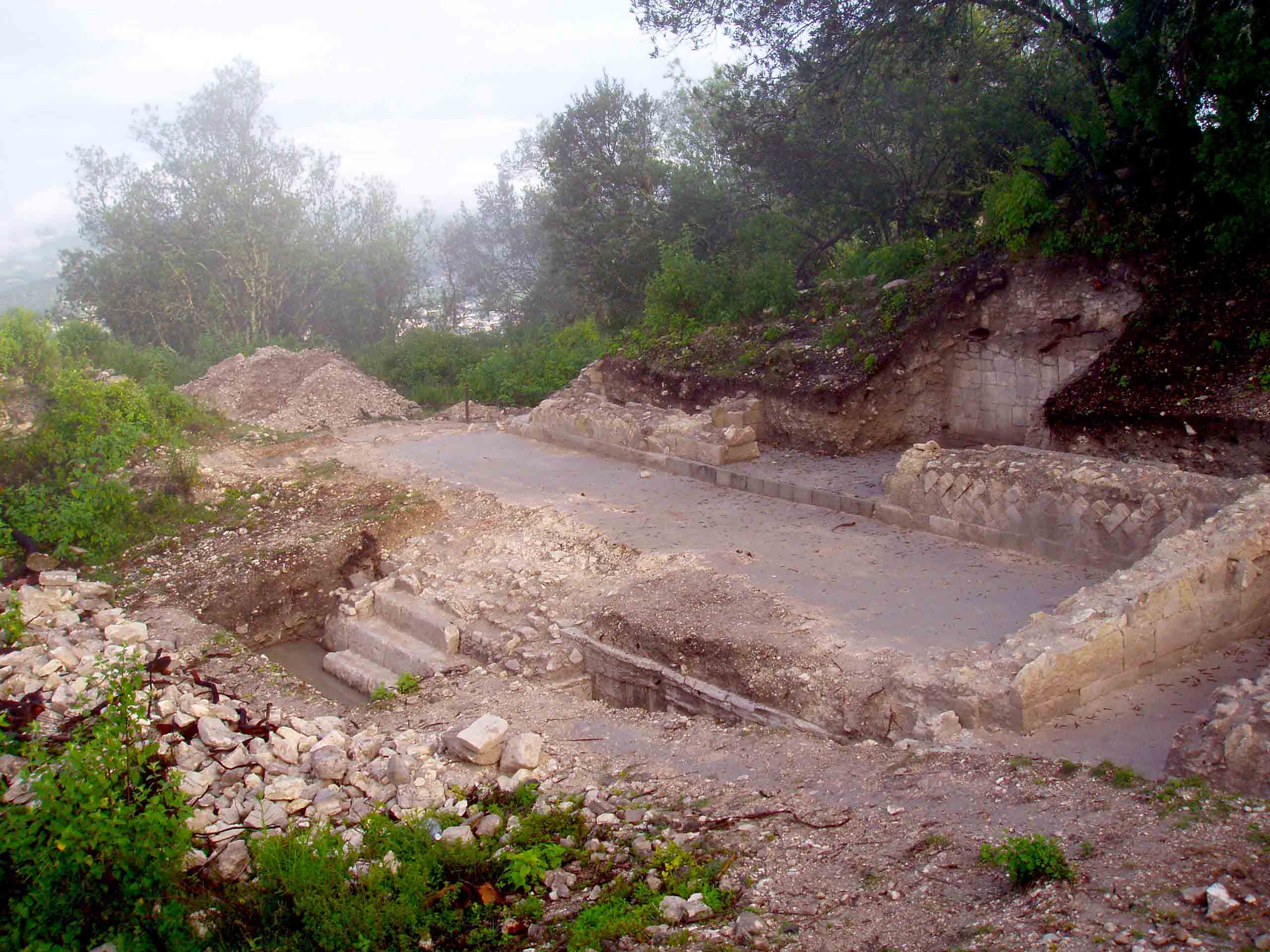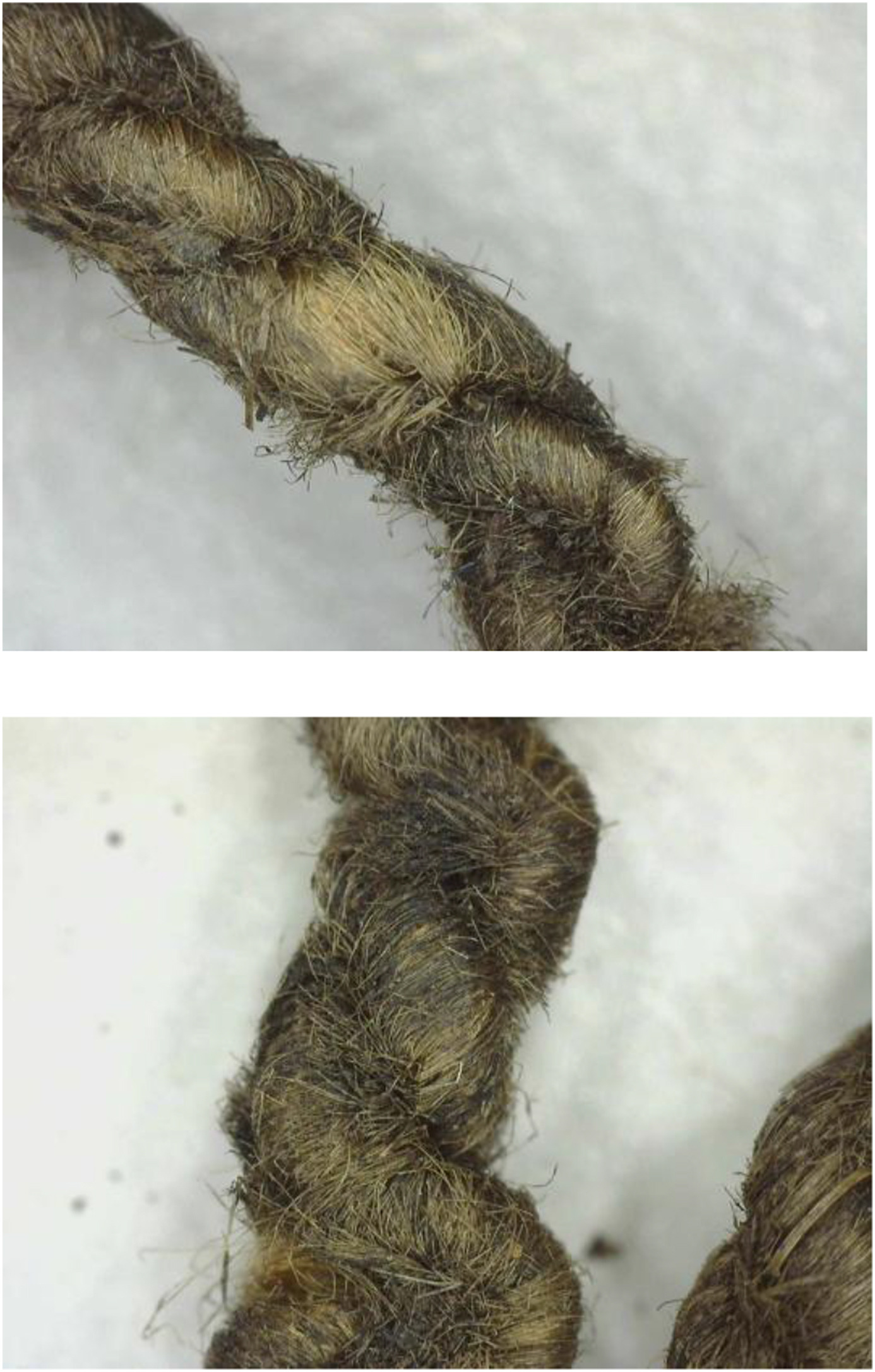
PROVIDENCE, RHODE ISLAND—It had been previously believed that the ancient Dorset and Thule peoples of the Arctic learned to spin yarn from the Vikings who arrived in Newfoundland some 1,000 years ago, but according to a Canadian Press report, new radiocarbon dates suggest that pieces of yarn recovered from Baffin Island and the Ungava Peninsula could be much older. Gorill Nilsen of Tromsø University developed a way to cleanse the Arctic fibers of the seal and whale oils that had made them impossible to radiocarbon date in the past. The new tests indicate the pieces of yarn were crafted by Arctic peoples between 500 and 1,000 years before the Norse arrived in the New World. “There’s a lot we don’t know,” said Michele Hayeur Smith of Brown University. But she pointed out that the Arctic yarns do not resemble those made by the Vikings. “The idea that you would have to learn to spin something from another culture was a bit ludicrous,” she said. “It’s a pretty intuitive thing to do.” To read about use of textiles in another part of the world, go to “Conspicuous Consumption.”


